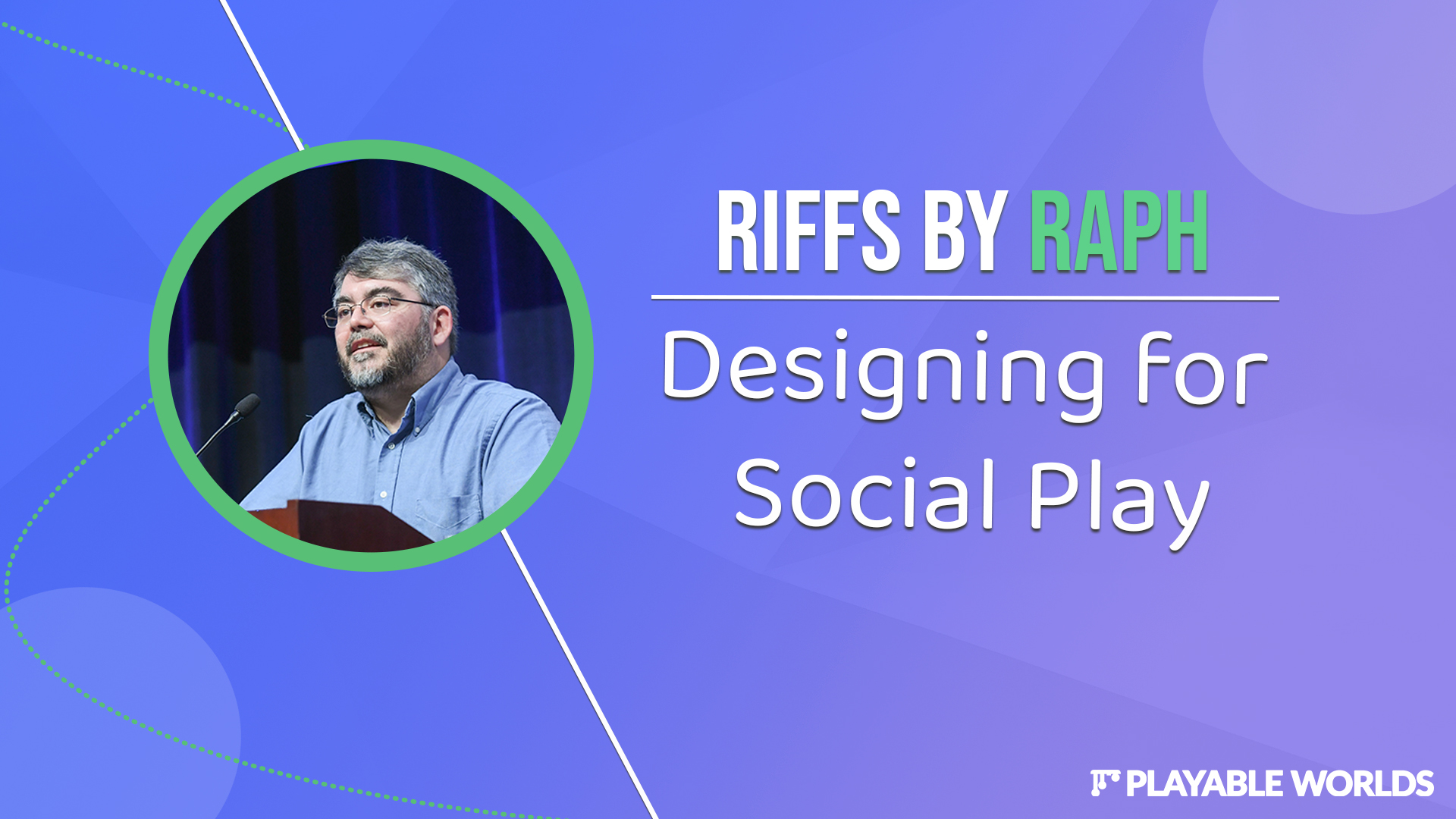Look, we all know the word “social” is overused. There was a period where it meant games where you clicked on cows. Now it’s a buzzword: every darn thing gets called a “social network.”
Social networks are built out of what is called “the social graph”– a visualization of relationships. Imagine every person as a circle, and every connection between people as a line. A group of people who all know each other form a cluster, and often a pretty insular one. The graph is lumpy, in that sense.
Some people connect across vast distances, connecting clusters that are far apart. Knowing those people is like having access to a social “subway system,” letting you cross the map in a few shortcuts. It’s thanks to these connectors that you can play games like Six Degrees of Kevin Bacon.
This graph structure is everywhere in our lives. It describes the structure of the Web, too. The biggest “lumps” are sites like Google and Amazon. Sometimes lumps get so central, so powerful, that they draw all the links towards them, like a social black hole. In economies we call these monopolies.
In our bodies, which are another kind of complex network, that monopoly is held by our brains, and its best friends make up our nervous system. Our fingernails and hair are decidedly second-class citizens. We cut them without a thought.
Thinking of societies this way makes you see the world in a whole new light. Being the equivalent of a disposable fingernail is a pretty lousy life. You work hard, just like you’re supposed to, and then one day you’re made redundant, and you’re cut. There’s not much advancement path for your liver, either. It’s kind of stuck being a liver, just like there are families and cities that are stuck in a particular dead-end industrial job or town.
The thing is, we know what makes for a satisfying environment. A network that has too few links, that isn’t well developed, is anarchic, chaotic — “nasty, brutish and short.” And a network that is too advanced, too centralized, too monopolistic, well – it blocks advancement, forces the peons into specialization, and often discards them when they don’t suit the monopolist’s needs.
I swear, this post isn’t about politics or economics. It’s about fun. Every game, and especially online worlds, are networks too.
There’s a sweet spot of network development where mom-and-pop shops aren’t crushed by megacorps. A sweet spot where almost no one is really disposable. Where people aren’t forced to overspecialize, but also aren’t forced to do everything themselves. Where no individual node on the graph is so powerful it swallows all the attention or all the rewards.
But the only way to get it is to make some rules. Because networks always trend towards those monopolies, unless there’s something in their way.
Good social design in games is about preventing those black holes. It’s why sports have seasons, instead of win-loss records accumulating forever. It’s why “rich get richer” is anathema in game design. Otherwise, the game plunges into a black hole, and stops being fun for most of its players.
So how to prevent that?
Don’t pull players apart! No web can survive if you yank hard enough to unravel it. The biggest way in which virtual worlds do this now is the leveling system. By adding more and more hit points, more and more damage-per-second, and so on, we end up with a power differential between the novice and veteran. This prevents a low-level player from hanging out with a high-level player, because one of them is an ant and the other is an elephant (that is to say,an ant who has reached level “elephen”).
That sort of levelling system is an inheritance from Dungeons & Dragons, a game where you only play with people of similar level in the first place. Online games are full of clever “design hacks” to work around the artifacts of using an advancement system that was never meant to represent an entire society: level-limiting and soulbinding items so powerful stuff can’t be handed over to a lower level; sidekicking to temporarily change your level; level scaling, to undo the effects of having a level system in the first place….
Of course, another obvious way that games keep players apart is by forcing them to travel to their friends. We have a simple rule: players fast, goods slow. Nothing keeps you from hanging out with your friends – just teleport to them. But prices in distant locales can vary because large quantities of stuff cannot teleport – they have to be hand-carried.
Why do varying prices matter? Because of another rule: fulfill the fantasy. A lot of players want to be that tavern keeper who runs the bar at the end of the world, that master artisan with pretensions of being Weyland Smith, the cozy small business mom-and-pop shop. Quite aside from our opinions of antitrust policy in the real world, we know that you can’t let one player end up controlling the entire economy in an online game. You have to let every player have fun. And there are a lot of different ways to have fun. And they all matter!
Don’t point new people only at existing popular nodes. In graph theory this is called “preferential attachment,” and it’s the equivalent of everyone checking Google before they check any other search engine, or visiting Amazon rather than a mom-and-pop.
In super concrete terms, this manifests in design choices like “we will not have globally visible prices, such as an auction house that covers the whole game.” Globally visible prices push all prices down to the same floor, which means that mom-and-pop player-run shops cannot compete with a guild that has economies of scale.
It also means that you work to prevent uberguilds from dominating player vs player combat, or getting all the “firsts.” The economy is not the only sort of monopoly you have to worry about.
You also need to work to make sure that each node sees the others as valuable. I talked about economic ways of doing that in my last post, but there’s an even more fundamental tool available: increasing the bandwidth of social communication. Basically, increasing empathy. If you really empathized with the fingernails – or the laid off worker – you’d think twice about cutting them out.
How do you increase empathy? By actually paying attention to how humans communicate. In the real world, we meet each others’ eyes. We have facial expressions. We have moods, and body language, and tone of voice. It’s kind of shocking that it took so many decades for online games to realize that dancing was an important way for players to express their personalities, given that little kids figure it out around age three.
The simple fact is: networks are stronger when they are not homogeneous. Our body is stronger because we have both livers and neurons, and yes, fingernails. We’d be awfully easy to kill if we were just a nervous system, just like an economy with only one industry is more vulnerable to collapse, or a field of only one monoculture crop is more susceptible to disease.
In the end, good social design is about good society design. That’s what underlies the buzzword, and why it’s so sad that the word “social” gets reduced to mindless clicking or dark patterns on a social media site.
Diversity of people and of play makes for a more robust society, a more enduring community, in every way. That’s good for us as a business. More importantly, it’s better for players. It makes for an online world that doesn’t chase you out or make you feel insignificant or unwanted. A world where you can pursue your own dream.
From up close, from where we stand, we cannot see the shape of the whole. My hope is that by playing in a world like this, players come to realize the interconnectedness of all things. Take the step back, and you can see it all as a tapestry where every person is an important thread in the weave. And that tapestry, I can tell you, is beautiful.
What’s your take? Join the conversation on Twitter!


